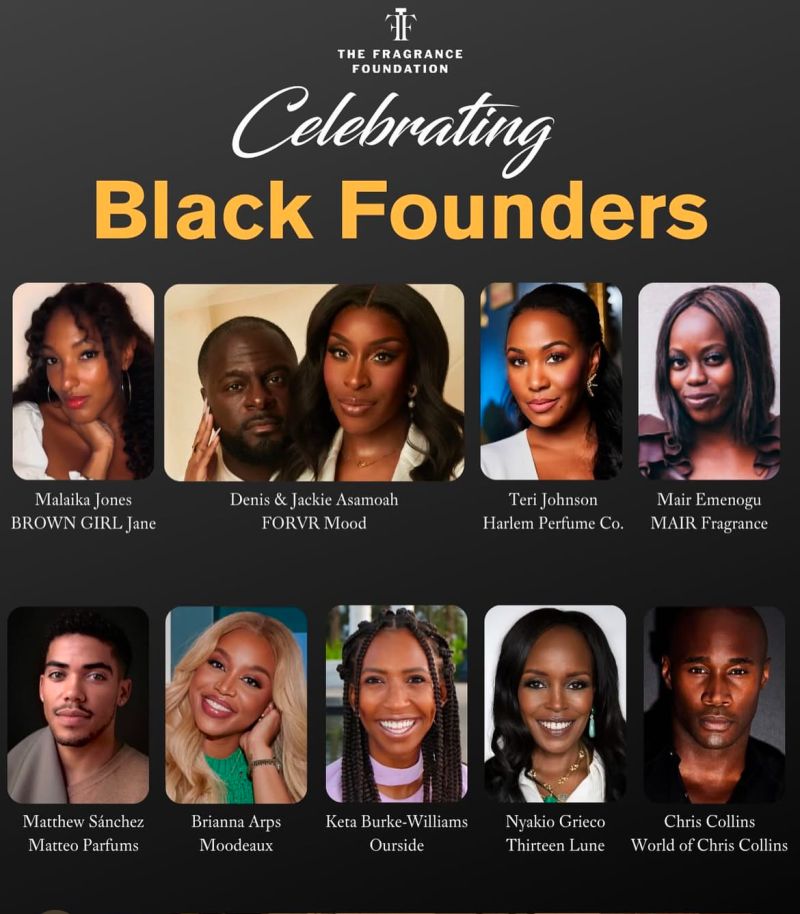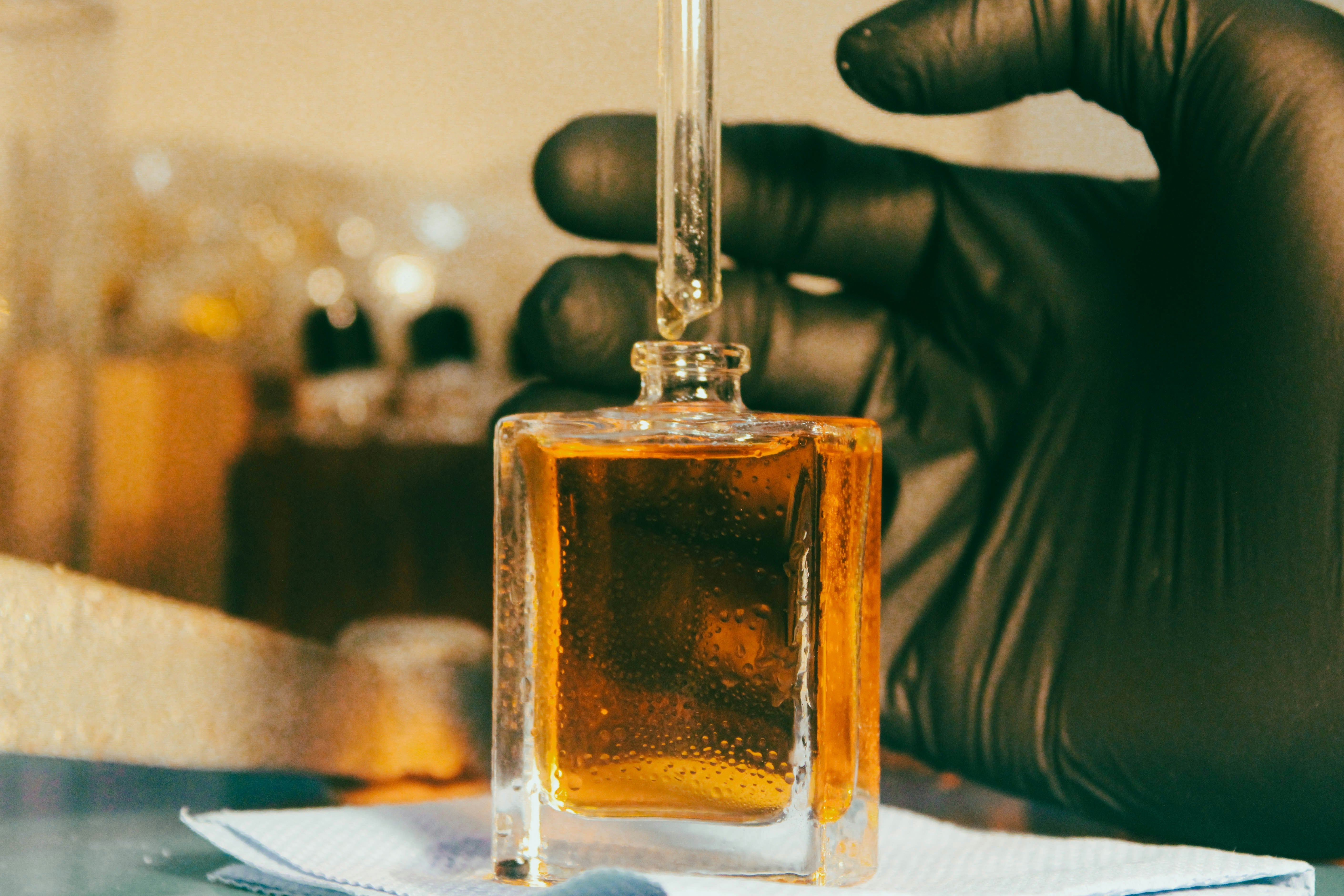The True Cost of Beauty: Why Some Products Are Worth the Splurge

When it comes to beauty, price tags can vary dramatically. A drugstore lipstick might cost $10, while a luxury one can set you back $50 or more. But what exactly drives the cost of beauty products? Is it all just branding, or is there real value behind the higher price?
Beyond the Label: What You’re Really Paying For
It’s easy to assume that high-end beauty products are just marked up because of celebrity endorsements or sleek packaging. While branding does play a role, the reality is that premium pricing often reflects higher-quality ingredients, advanced formulations, and ethical production methods.
Ingredient Quality Matters
As the saying goes, “You get what you pay for.” In many cases, luxury beauty products use purer, more concentrated, or rare ingredients that aren’t feasible for budget-friendly options. For example:
- Skincare: High-end serums often contain a greater percentage of active ingredients like hyaluronic acid, peptides, and stabilized vitamin C, leading to better performance and longer-lasting results.
- Fragrance: Niche perfumes tend to use natural extracts instead of synthetic aroma compounds, resulting in a richer, more nuanced scent.
- Lipstick: Premium lip colors often have nourishing oils and finely milled pigments, providing better texture, longevity, and hydration.
Innovation & Research
Luxury brands typically invest more in R&D, ensuring their formulations are not only effective but cutting-edge. This leads to innovations such as microencapsulation (to preserve active ingredients longer), biotechnology-derived skincare, and custom-blended pigments for makeup.
Ethical Sourcing & Sustainability
Many high-end beauty brands prioritize ethically sourced ingredients, cruelty-free practices, and sustainable packaging. These efforts increase costs but align with consumer demand for responsible beauty. For instance, sustainably harvested botanical extracts or biodegradable packaging can drive up prices but reduce environmental impact.
Is Expensive Always Better?
Not necessarily. While premium products often offer superior quality, some affordable brands deliver outstanding performance thanks to clever formulation and cost-effective production. The key is knowing when to splurge and when to save.
Final Thoughts
The next time you shop for beauty products, consider more than just the price tag. High-end beauty isn’t just about luxury—it’s often about better ingredients, advanced science, and ethical practices. While budget-friendly options have their place, investing in the right high-quality products can elevate your beauty routine in ways that cheaper alternatives might not.



